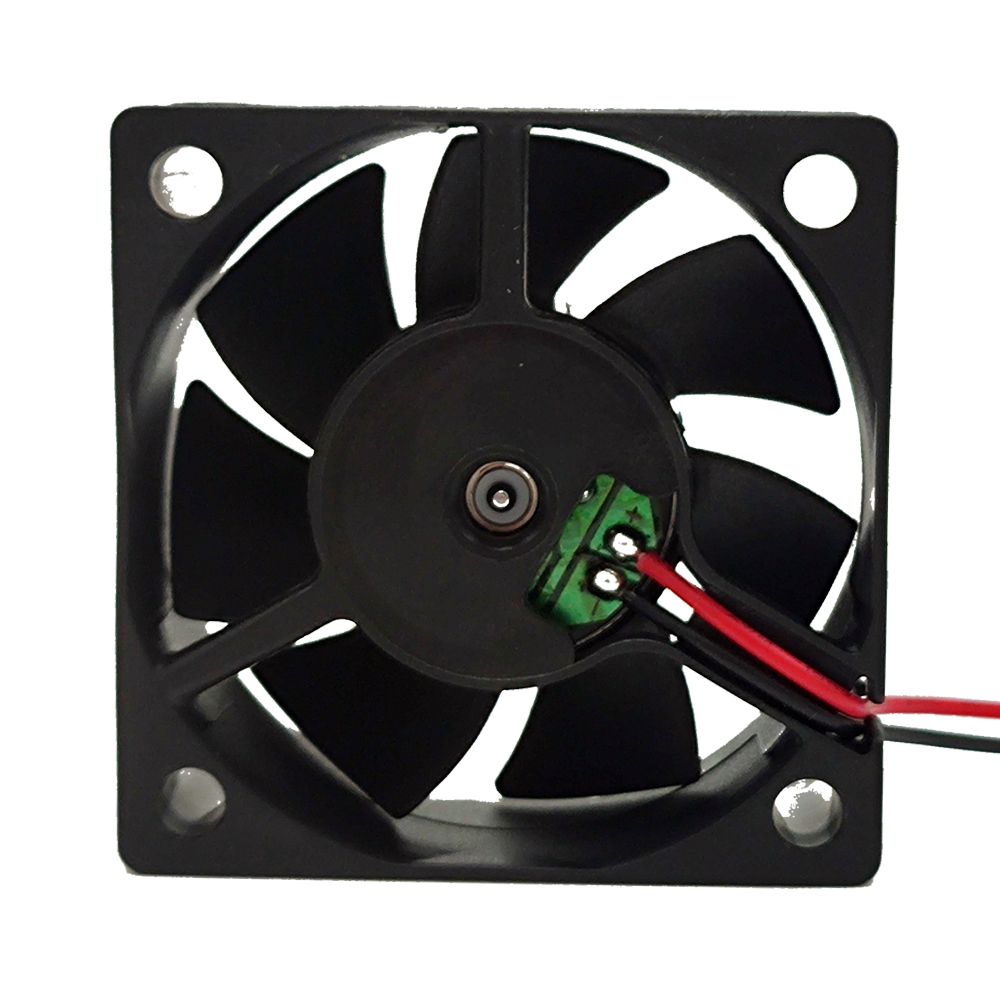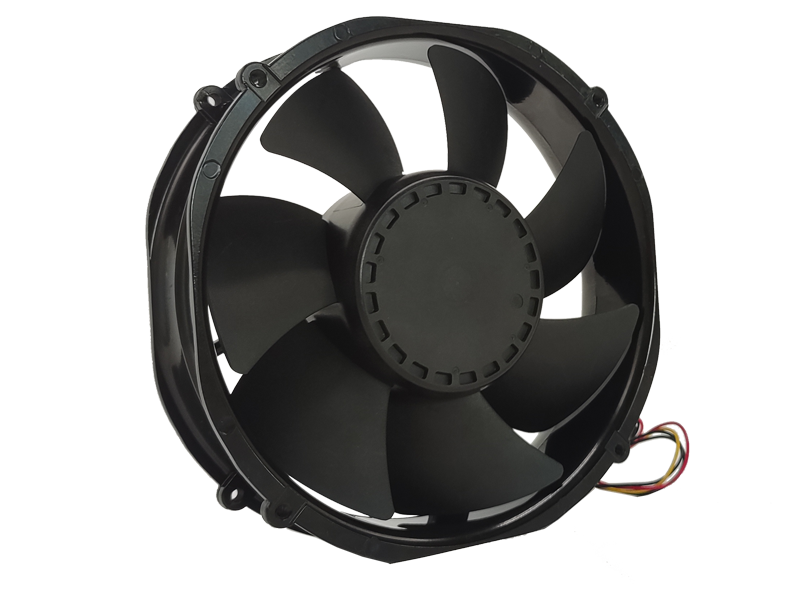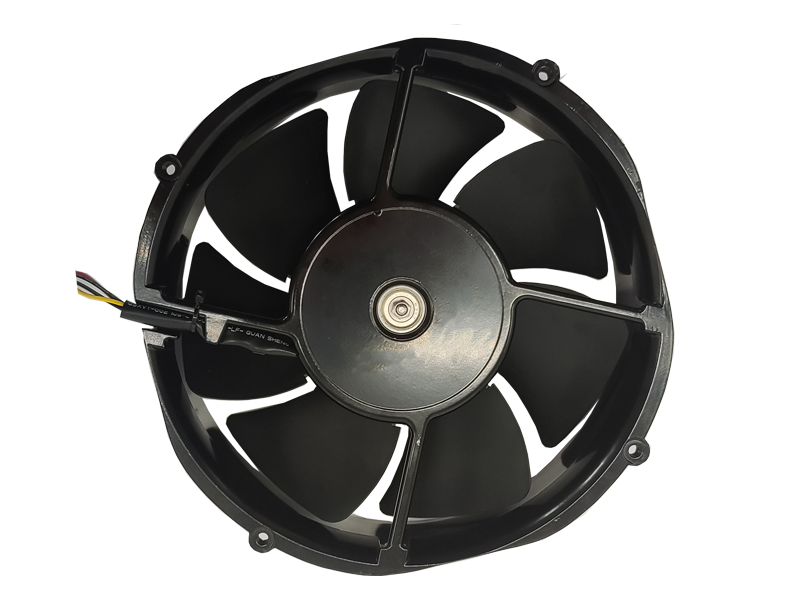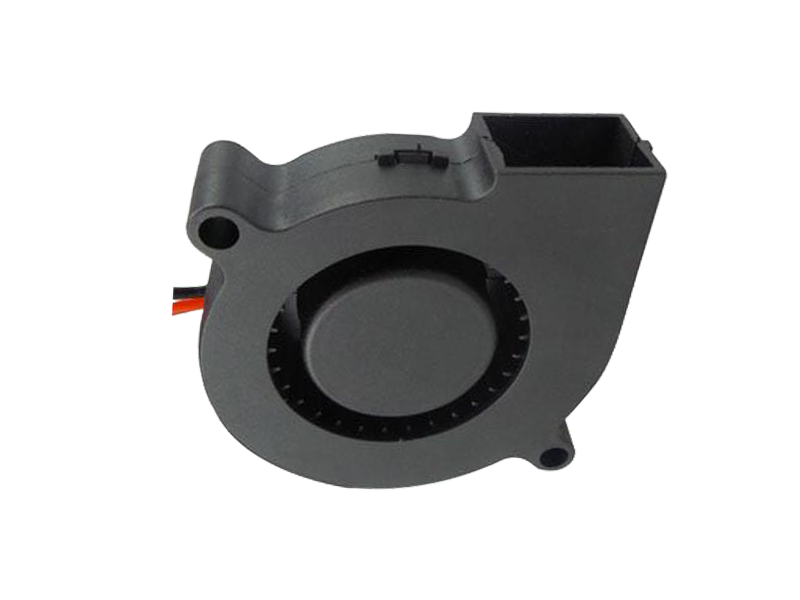Industrial fans are a critical component in many industrial processes, from manufacturing and warehouse operations to HVAC systems and chemical plants. These powerful machines are designed to provide effective ventilation, cooling, and air circulation, ensuring optimal working conditions, enhanced productivity, and safety in various industrial environments. In this article, we will explore how industrial fans are designed to meet the demands of modern industries, focusing on their efficiency, performance, and technological advancements.
1. Understanding the Role of Industrial Fans
Industrial fans are essential in a wide range of applications, including ventilation, cooling, air filtration, and dust extraction. Their primary purpose is to regulate air circulation, remove contaminants, or ensure proper air distribution in environments where maintaining air quality and temperature is vital.
Industrial fans come in different types and configurations, including axial fans, centrifugal fans, and mixed-flow fans. Each type is designed to suit specific applications, ensuring the most efficient airflow for a given environment. For example, axial fans are used in large-scale ventilation systems due to their ability to move large volumes of air efficiently. On the other hand, centrifugal fans are better suited for situations where high-pressure airflow is needed, such as in HVAC systems or high-temperature environments.
2. Key Considerations for Industrial Fan Design
When designing industrial fans, manufacturers must consider several key factors to ensure optimal performance, durability, and efficiency. These factors include airflow requirements, noise control, energy efficiency, and ease of maintenance.
Airflow Requirements: Different industries have unique airflow needs depending on the size of the facility, the type of equipment, and the environment's temperature. For example, a large manufacturing plant may require high air volume to cool machinery, while a laboratory may only need moderate airflow to maintain air quality. Industrial fan designers carefully calculate the required airflow based on the facility's size and usage to select the most suitable fan type and size.
Noise Control: One of the primary concerns in industrial fan design is noise. High-speed fans can generate significant noise levels, which may lead to discomfort and safety concerns for workers. Manufacturers address this issue by incorporating noise-reducing technologies such as soundproofing materials, vibration isolators, and variable speed controls to minimize noise pollution in industrial environments.
Energy Efficiency: As industries are increasingly focused on reducing operational costs and environmental impact, energy efficiency has become a top priority. Modern industrial fans are designed to consume less energy while delivering the necessary airflow. Energy-efficient fans use advanced motors, aerodynamically optimized blades, and intelligent controls to minimize energy waste and reduce operational costs.
Durability and Maintenance: Industrial fans are typically used in harsh conditions, including extreme temperatures, high humidity, and the presence of dust and other contaminants. As a result, manufacturers design fans to be durable and resistant to wear and tear. Using high-quality materials such as stainless steel or corrosion-resistant coatings ensures longevity. Additionally, fans are designed for easy maintenance, with modular components and accessible service points to reduce downtime.
3. Technological Advancements in Industrial Fans
The field of industrial fan design has seen significant technological advancements in recent years. These innovations have contributed to improved performance, increased energy efficiency, and better environmental control. Some of the most notable advancements include:
Variable Frequency Drives (VFDs): VFDs allow for the control of fan speed, enabling users to adjust airflow based on real-time requirements. By adjusting fan speeds to match airflow needs, industries can achieve significant energy savings and reduce wear on fan components.
Smart Fans with IoT Integration: The rise of the Internet of Things (IoT) has enabled the development of smart industrial fans that can monitor and optimize performance. These fans can send real-time data to a central control system, allowing operators to track key metrics such as airflow, temperature, and energy consumption. By using predictive analytics, smart fans can anticipate maintenance needs and optimize performance, leading to reduced downtime and better operational efficiency.
Noise Reduction Technology: New materials and designs have been developed to reduce fan noise, addressing one of the primary concerns in industrial environments. For example, advanced blade designs and noise-dampening housing materials help reduce the noise generated by high-speed fans. Additionally, the use of advanced soundproofing materials and vibration isolators further minimizes the impact of noise on workers.
4. Applications of Industrial Fans
Industrial fans are used in various applications across different sectors, each requiring a specific fan type and design to meet operational needs. Here are a few examples:
Manufacturing Plants: Industrial fans are crucial in manufacturing environments where large machinery generates excess heat. These fans are used for cooling machines, ensuring that they operate within safe temperature ranges, and improving air quality to protect workers from harmful fumes and dust.
HVAC Systems: In commercial and industrial buildings, HVAC systems rely on industrial fans to circulate air and maintain a comfortable temperature. Fans are used to distribute conditioned air throughout the building, as well as to extract hot or contaminated air from the facility.

Chemical Plants: Industrial fans in chemical plants play a vital role in ventilation, cooling, and dust extraction. They help ensure the safe handling of chemicals by maintaining proper air circulation, reducing the risk of chemical exposure, and preventing the accumulation of hazardous fumes.
Agriculture: Industrial fans are also used in agriculture to regulate temperature and humidity levels in greenhouses, ensuring optimal growing conditions for crops. Additionally, fans are used in livestock facilities to maintain proper ventilation and airflow.
5. The Future of Industrial Fans
The future of industrial fans is closely tied to advances in energy efficiency, environmental sustainability, and smart technologies. As industries increasingly adopt greener practices, manufacturers are developing fans that consume less power, use sustainable materials, and operate more efficiently. Smart fans integrated with IoT technologies will continue to evolve, providing industries with better control, real-time monitoring, and predictive maintenance capabilities.
Additionally, noise reduction technology will become even more important as industries face increasing pressure to reduce noise pollution in the workplace. The future of industrial fans will also involve innovations in materials, such as the use of lightweight, corrosion-resistant composites, which can improve fan performance and extend their lifespan.
Conclusion
Industrial fans are essential components in modern industries, providing effective ventilation, cooling, and air circulation across a range of applications. As industries continue to evolve, the demand for more efficient, durable, and environmentally friendly fans will drive ongoing innovations in fan design and technology. By focusing on performance, energy efficiency, and noise reduction, manufacturers are creating industrial fans that meet the diverse needs of industries today and in the future.
Recommended Products

The main purpose:Car charging station

The main purpose:Car charging station

The main purpose:Electronic refrigerators, water dispensers, direct drinking machines, inverter power supplies
Address:No. 4137, Longgang Avenue (Henggang Section), Henggang Community, Henggang Street, Longgang District, Shenzhen
hotline:13530005572(Chen)15112579390(Li)


Welcome all friends to come for consultation and negotiation.
Copyright 2024 @ Shenzhen Youneng Xinyuan Electronics Co., Ltd.,(industrial fans,industrial blowers,axial fans,cooling fans manufacturer,centrifugal fans,ac cooling fans,dc cooling fans)